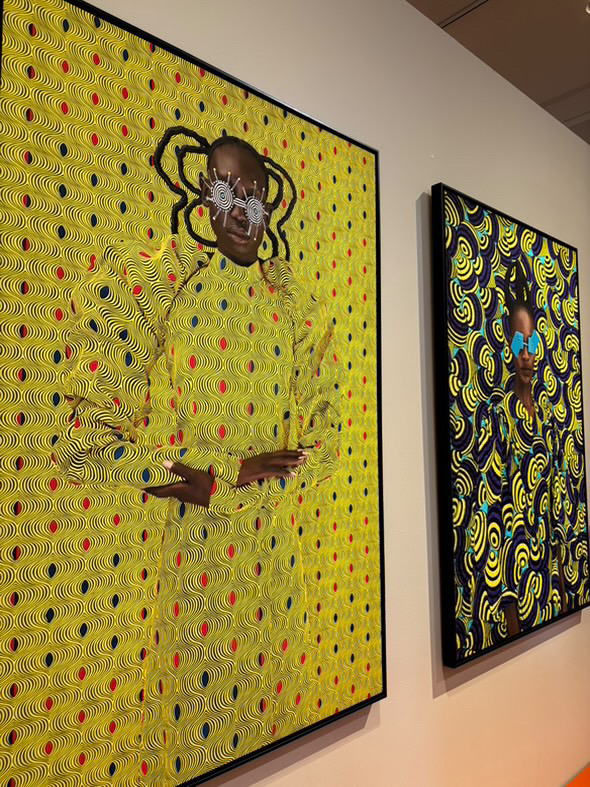
WAX: The African Fabric at the Heart of Fashion and Art
- Musée de l'Homme
- Lara Sleiman
- March 18, 2025
- 5 min read
As the curtains fall on Paris Fashion Week, the city's artistic energy continues to thrive, seamlessly blending fashion with art. This season, museums across Paris have embraced this synergy, showcasing exhibitions that celebrate the intricate relationship between these two realms. Notably, the Musée de l'Homme has unveiled WAX, an exhibition that explores the rich history and cultural significance of the vibrant African fabric known as wax.
A Cultural Emblem of Storytelling and Identity
Rather than following a chronological approach, the exhibition opens with large-scale contemporary artworks that incorporate wax fabric. Each work of art explores a different theme, offering a visually striking yet somewhat unexpected introduction. While this curatorial decision highlights wax fabric’s artistic potential, it slightly delays the historical exploration that many visitors might anticipate.
Most of the artworks depict wax fabric through paintings or photography, reinforcing its symbolic role in African culture. However, the exhibition could have benefited from more installations using the fabric itself. A bolder, more immersive use of wax in sculpture or textile-based works could have created a greater ‘wow’ effect, reinforcing the material’s tactile and cultural richness.
Wax fabric is more than just a textile; it serves as a powerful medium of storytelling, deeply woven into African cultural identity. Originally inspired by Indonesian batik, this textile was industrialized by the Dutch in the 19th century as they attempted to dominate the Indonesian batik market with machine-made versions. However, their venture was unsuccessful—Indonesians rejected the fabrics, citing imperfections that arose from the industrialized process. Rather than abandoning production, Dutch manufacturers pivoted toward West Africa, where the fabric gained immense popularity.
Dutch traders actively marketed wax fabrics as high-quality textiles, particularly to Ghanaian soldiers and merchants. Over time, wax evolved into a vibrant symbol of African identity, deeply integrated into local fashion, tradition, and self-expression. Each motif carries distinct meanings—some rooted in history, others reflecting political or religious narratives. The hibiscus flower, known as Tohozin in Benin, signifies marriage, referencing the rush of buyers upon its first release. Designs have also been used to commemorate diplomatic alliances, such as the Franco-Gabonese friendship, or to celebrate historical events. Religious motifs—depicting mosques, crosses, or Christian iconography—have made wax fabric a staple for religious ceremonies. These evolving narratives highlight the fabric’s role as a medium for both personal expression and collective identity.
From Trade Commodity to Cultural Heritage
After immersing visitors in contemporary interpretations of wax fabric, the exhibition shifts focus to its historical roots on the second floor. Here, wax fabric’s history unfolds through a well-curated blend of historical artifacts and large-scale fabric panels. Archival objects highlight the industry’s European origins, while entire walls covered in wax prints showcase the diverse motifs and meanings embedded in the fabric’s evolution.
Along the historical part of the exhibition, objects related to wax’s history are displayed, alongside large panels of wax fabric with various patterns and colors. These panels, spanning an entire wall, create a visually striking yet structured presentation, allowing visitors to carefully observe the different motifs and their meanings.
Following independence in the 1960s, African nations sought to reclaim their economies, leading to domestic wax fabric production. This marked a major turning point—wax prints transitioned from a European import to an African identity marker. While the exhibition acknowledges this shift, it overlooks wax’s evolving complexity. Today, the largest producer is China, making wax a paradox: a European-imported fabric, a symbol of African culture, now mass-produced in Asia.
A Technical Craftsmanship
The term wax originates from its distinctive manufacturing process, which employs a wax-resist dyeing technique. Melted wax is applied to both sides of a cotton cloth in intricate patterns before the fabric is immersed in dye. The wax acts as a barrier, preventing the dye from penetrating certain areas and allowing for the creation of complex, multi-colored designs. Once the dyeing process is complete, the wax is removed, revealing a vibrant, double-sided print that is both durable and visually striking.
The exhibition features a 3D-animated video illustrating this process, helping visitors grasp the artistry behind wax fabric. However, it lacks real-life footage of contemporary wax production or archival videos of traditional techniques. Including such visual elements would have strengthened the connection between history, craftsmanship, and its modern evolution. A step-by-step breakdown with actual wax-resist imprints could have provided a more tactile understanding of the craft.
An Artistic Perspective: The Exhibition’s Scope
The WAX exhibition provides a well-structured and accessible introduction to the history and significance of this textile. The balance of information ensures visitors gain valuable insights without feeling overwhelmed, making it an effective educational experience. However, given the depth of the subject, the exhibition leaves one wanting more. Wax fabric, with its rich history and cultural symbolism, deserves as much attention as other iconic textiles, such as silk, which has been widely studied and exhibited. A broader exploration—incorporating both contemporary and traditional designers, as well as artists using wax in innovative ways—would have added valuable depth.
One of the exhibition’s most notable shortcomings is the lack of photographs illustrating how wax fabric is worn and used across African countries. These images would have provided essential context, showcasing its role in daily life, celebrations, and contemporary fashion. Without them, the exhibition feels somewhat incomplete, offering a theoretical overview rather than a fully immersive cultural experience. Archival images, alongside real-life representations of wax in everyday African life, would have strengthened the connection between past and present.
Despite these limitations, WAX successfully highlights an essential yet often overlooked textile. It sparks curiosity and invites further exploration into the artistic and cultural possibilities of wax fabric. As an integral part of African identity, wax deserves greater recognition on the global fashion and art stage. Hopefully, this exhibition is just the beginning of a broader dialogue—one that will elevate wax to the forefront of cultural and artistic discussions, particularly during events as influential as Paris Fashion Week.
Link to Exhibit:
Musée de l'Homme: WAX:
Read More

Grasslands: The Afrofuturistic Journey of Mwinga Sinjela’s Artistic Evolution
Abigail MacFadden • March 17, 2025 •
5min read
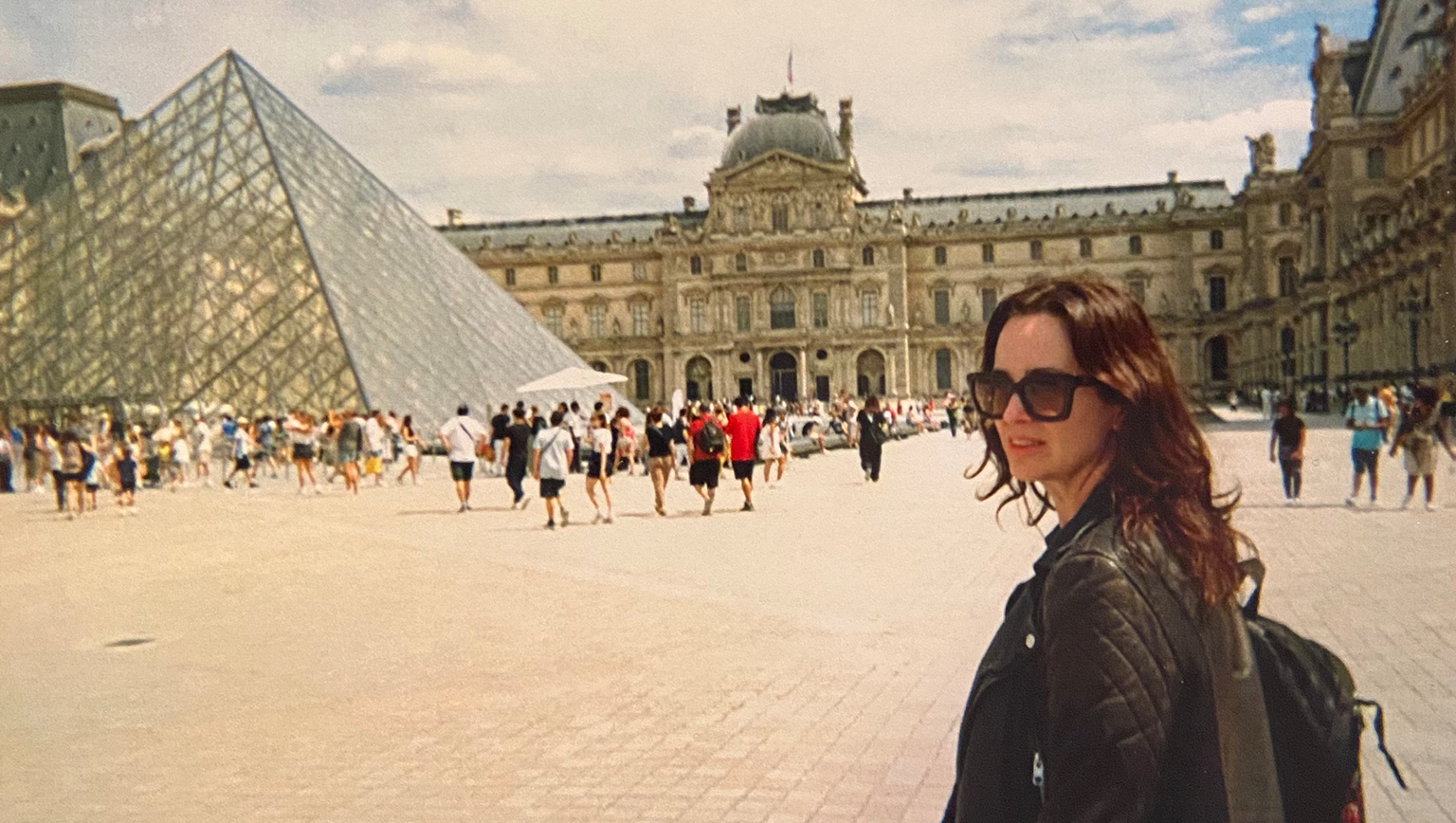
Person Place Thing : The Building Blocks
Chiara Padejka •March 14, 2025 •
5 min read
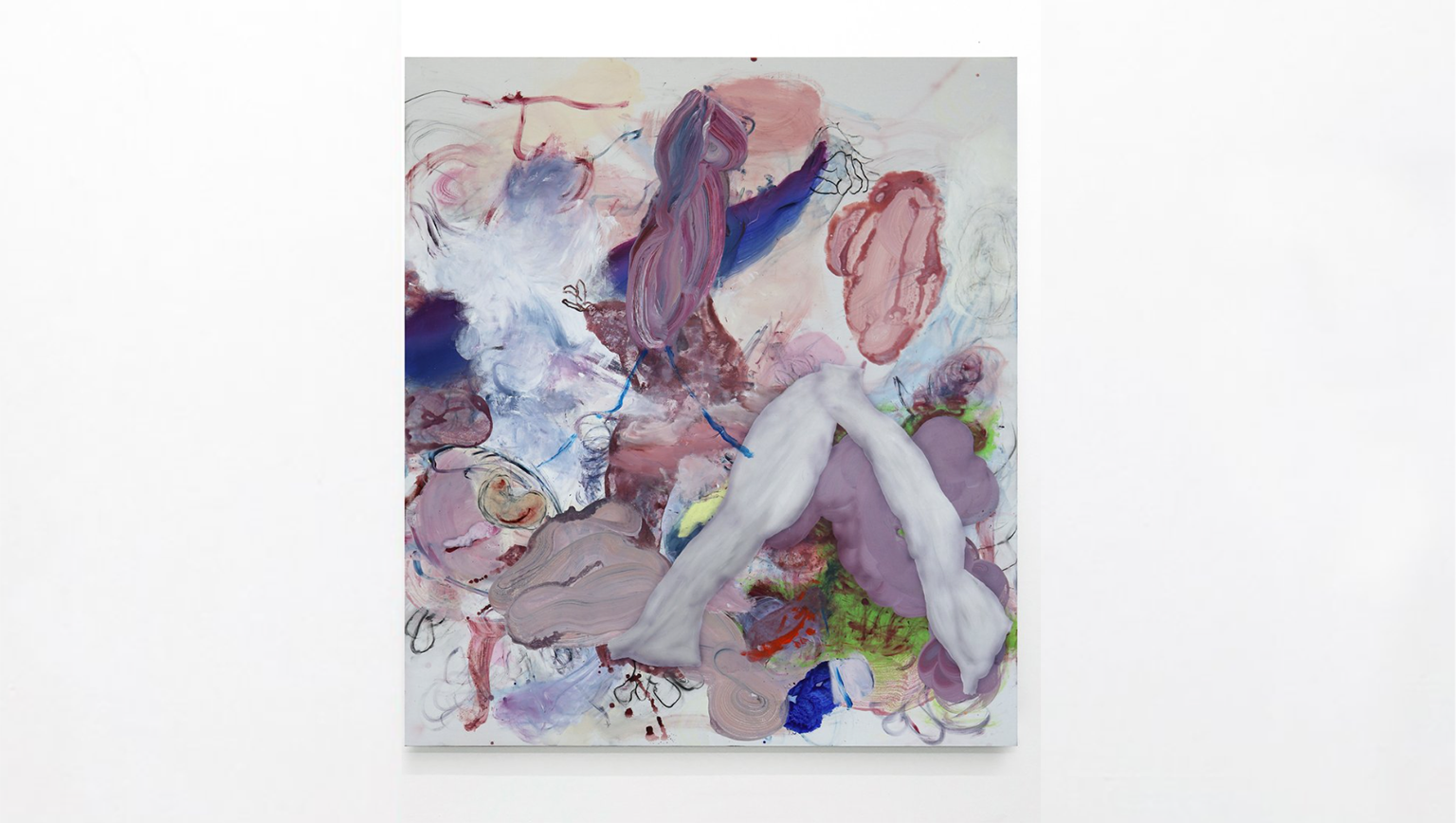
Australian Visions: Coma Gallery Makes Impressive Debut at Felix LA
Tess Azcuna •March 11, 2025 •
5min read
Read More

Grasslands: The Afrofuturistic Journey of Mwinga Sinjela’s Artistic Evolution
Abigail MacFadden • March 17, 2025 •
5min read

Person Place Thing : The Building Blocks
Chiara Padejka •March 14, 2025 •
5 min read

Australian Visions: Coma Gallery Makes Impressive Debut at Felix LA
Tess Azcuna •March 11, 2025 •
5min read
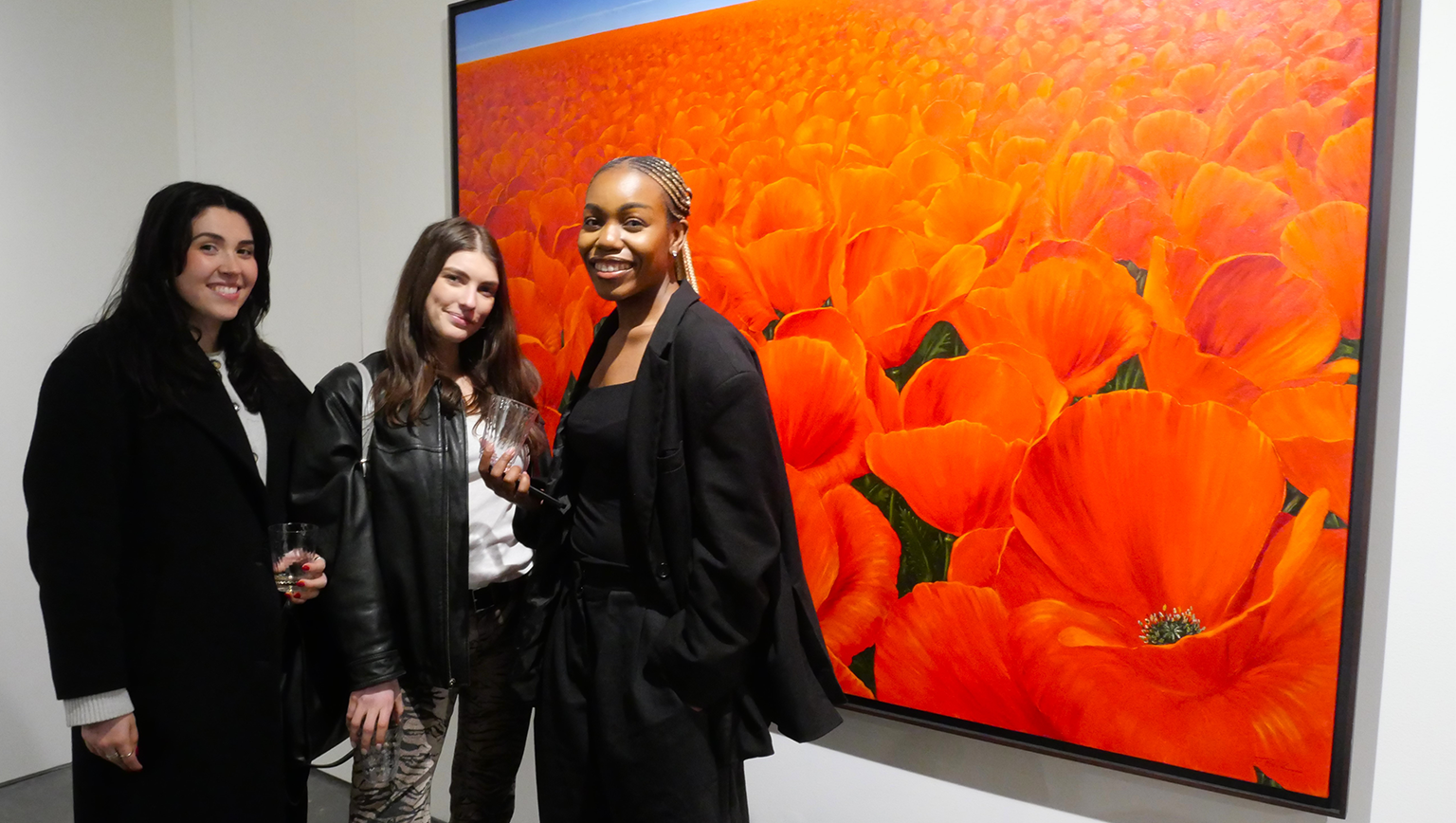
Colombian Magic at Nohra Haime Gallery
Abigail MacFadden • March 7, 2025 •
5min read
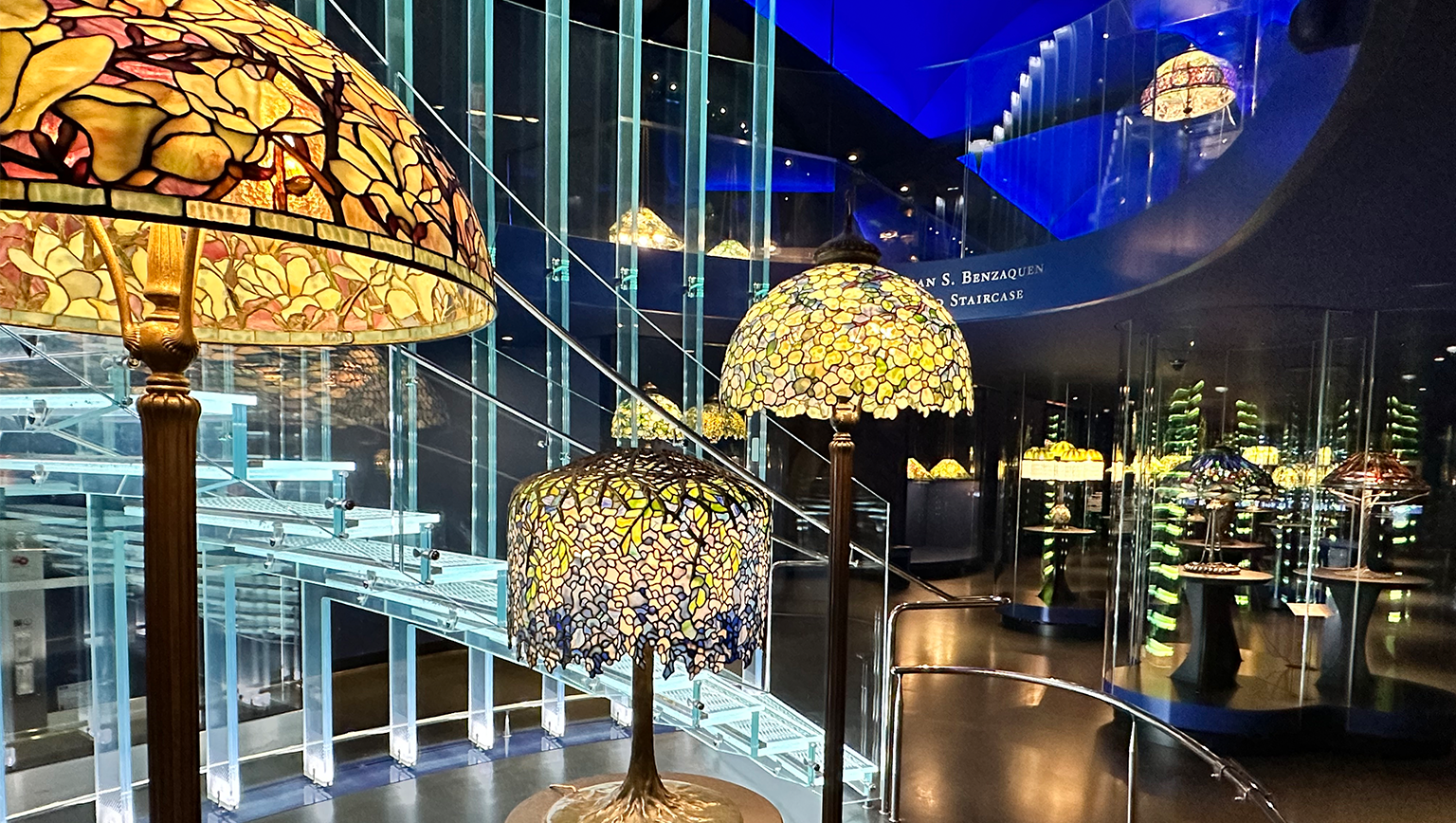
Beyond the Box: Tiffany Lamps and the Legacy of Artistry
Chiara Padejka •March 6, 2025 •
4min read

Tess Azcuna: Bridging Worlds in Entertainment, Fashion, and Business
Abigail MarcFadden •March 4, 2025 •
4min read
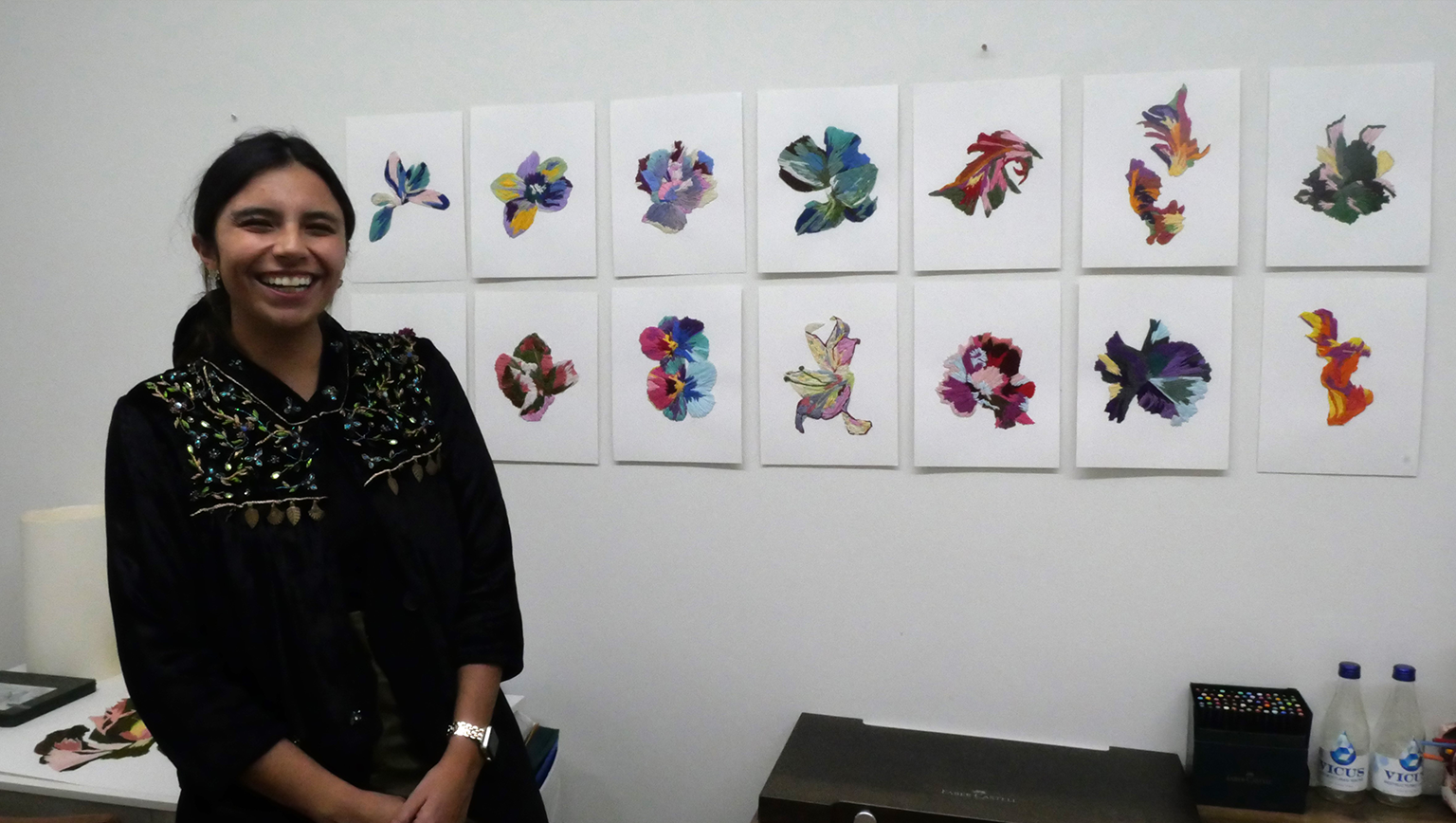
Maria Paula Suarez: The Alchemy of Emotion
Abigail MacFadden • March 4, 2025 •
5min read
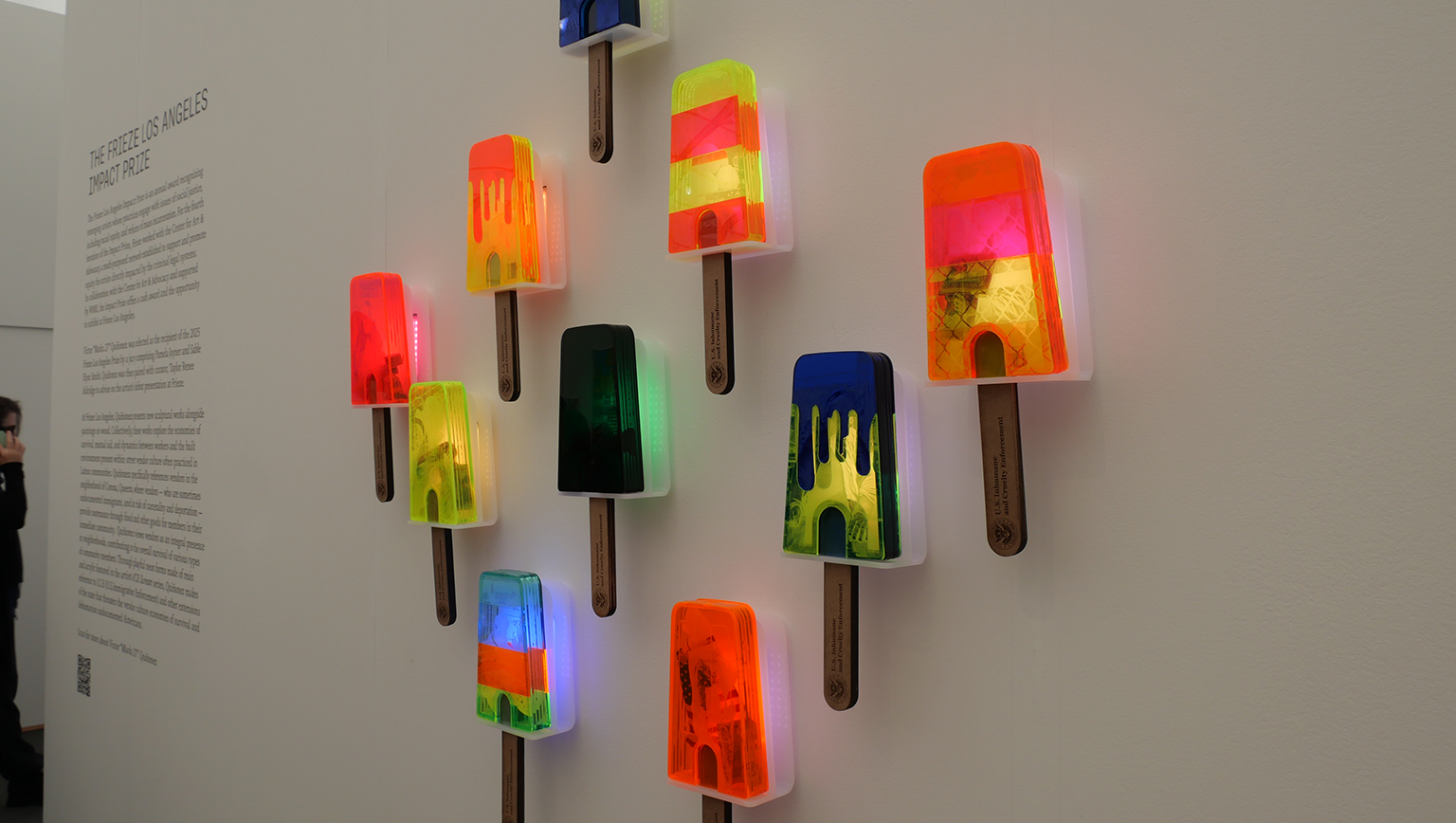
Vibrant Artistry and Bold Commentary: Victor "Marka27" Quiñonez Wins Frieze Impact Prize
Abigail MacFadden •MArch 3, 2025 •
5min read

Lorenzo di Medici’s “Renaissance Pop” Collection Shines at LA Art Week
Sasha Bernier •March 3, 2025 •
6min read

Felix Art Fair: An Intimate Art Experience at the Roosevelt Hotel
Sasha Bernier • February 26, 2025 •
5min read

Stories Unfolding: A Tapestry of Narratives at Art Gotham
Abigail MacFadden • February 24, 2025 •
5min read
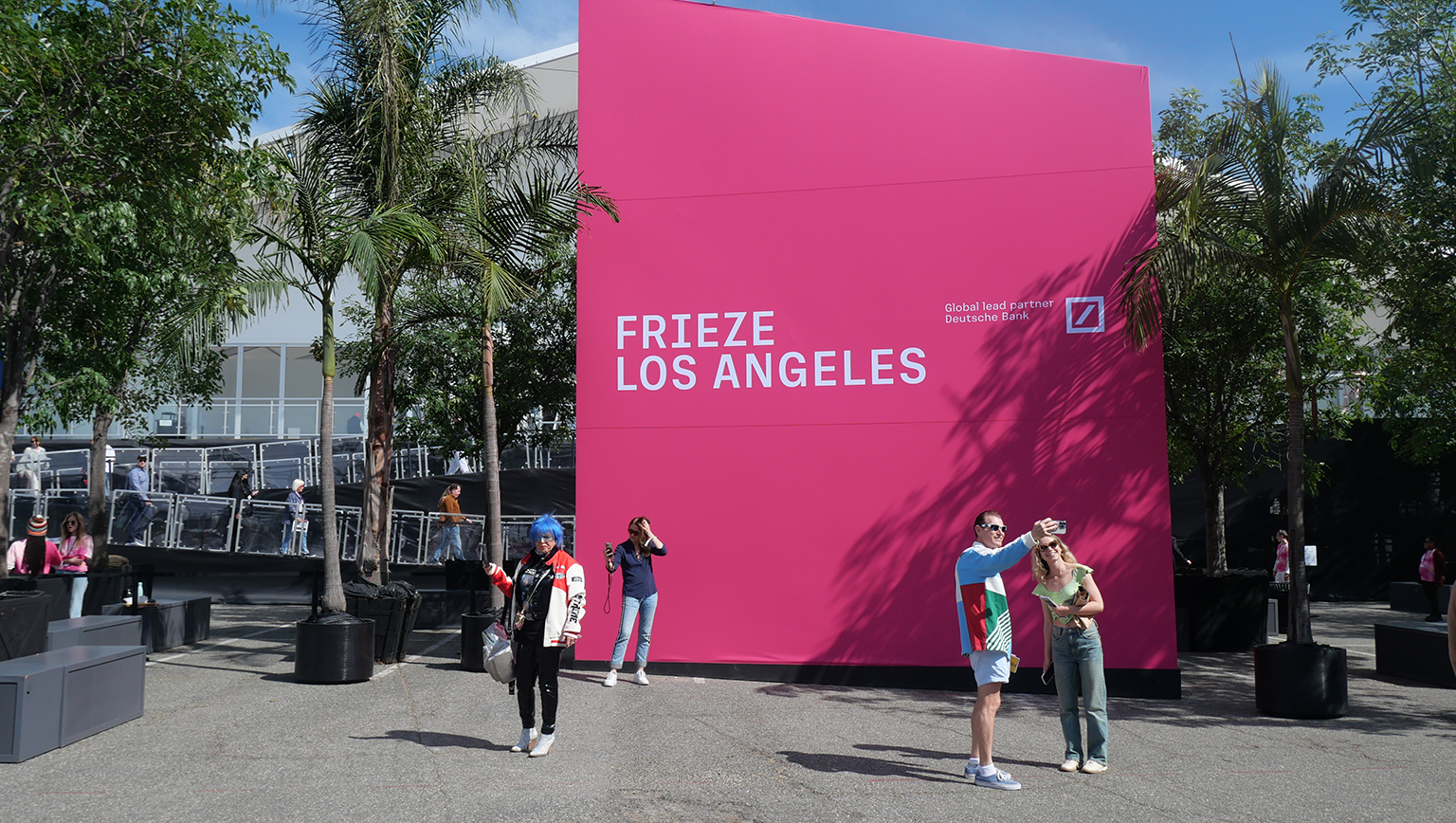
Standout Showcases: Six Must-See Galleries at Frieze Los Angeles 2025
Abigail MacFadden • February 23, 2025 •
6min read
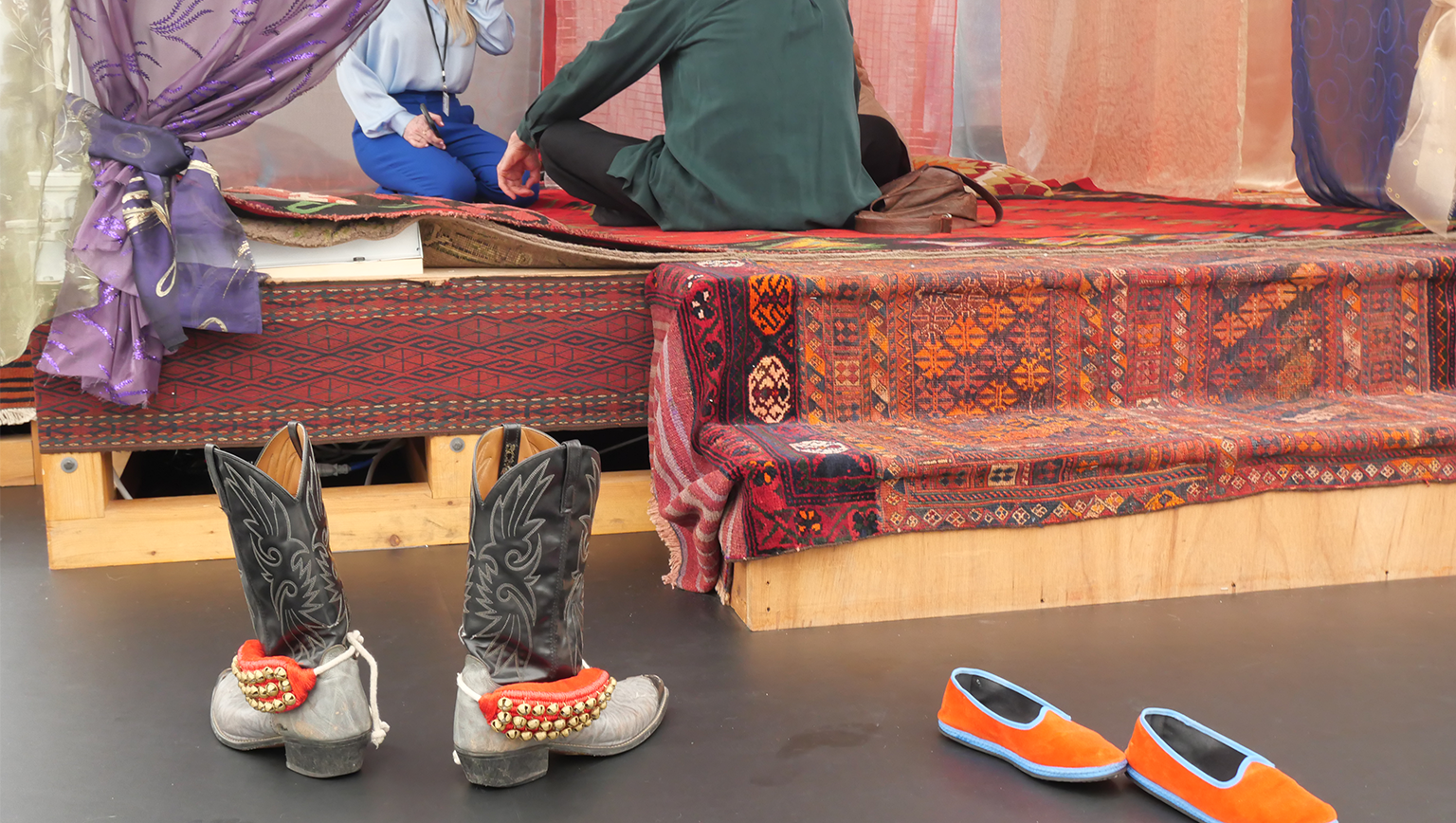
Gagosian’s "Nomadic Folly" Offers Peaceful Respite During Los Angeles Art Week 2025
Abigail MacFadden • February 23, 2025 •
4min read
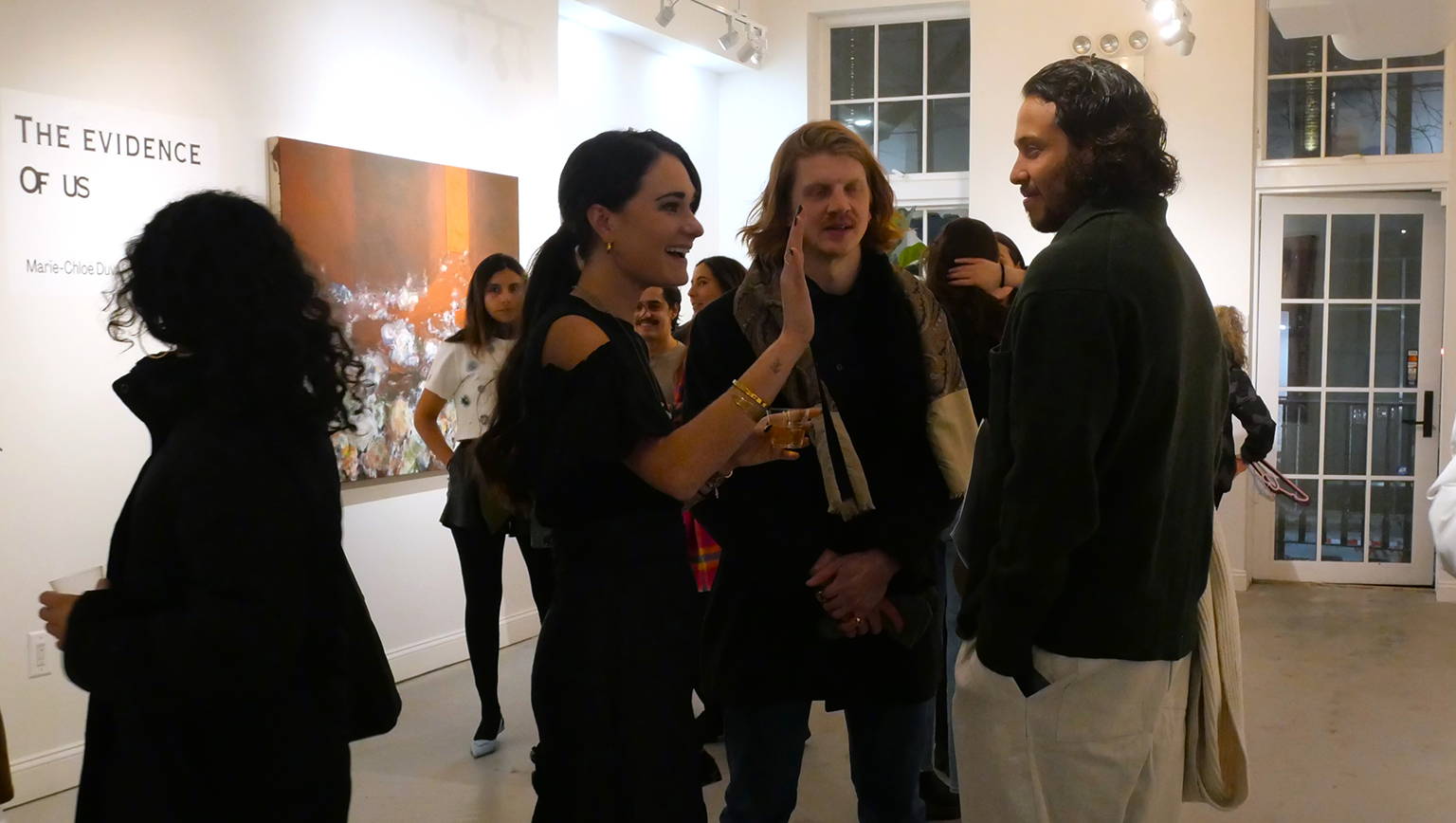
"Evidence of Us": Marie Chloe Duval's Floral Meditations on Time and Memory
Abigail MacFadden • February 20, 2025 •
5min read

Cape Town Flavors: The Inspiring Journey of Chef Kuda at Judd's Local
Abigail MacFadden • February 19, 2025 •
5min read
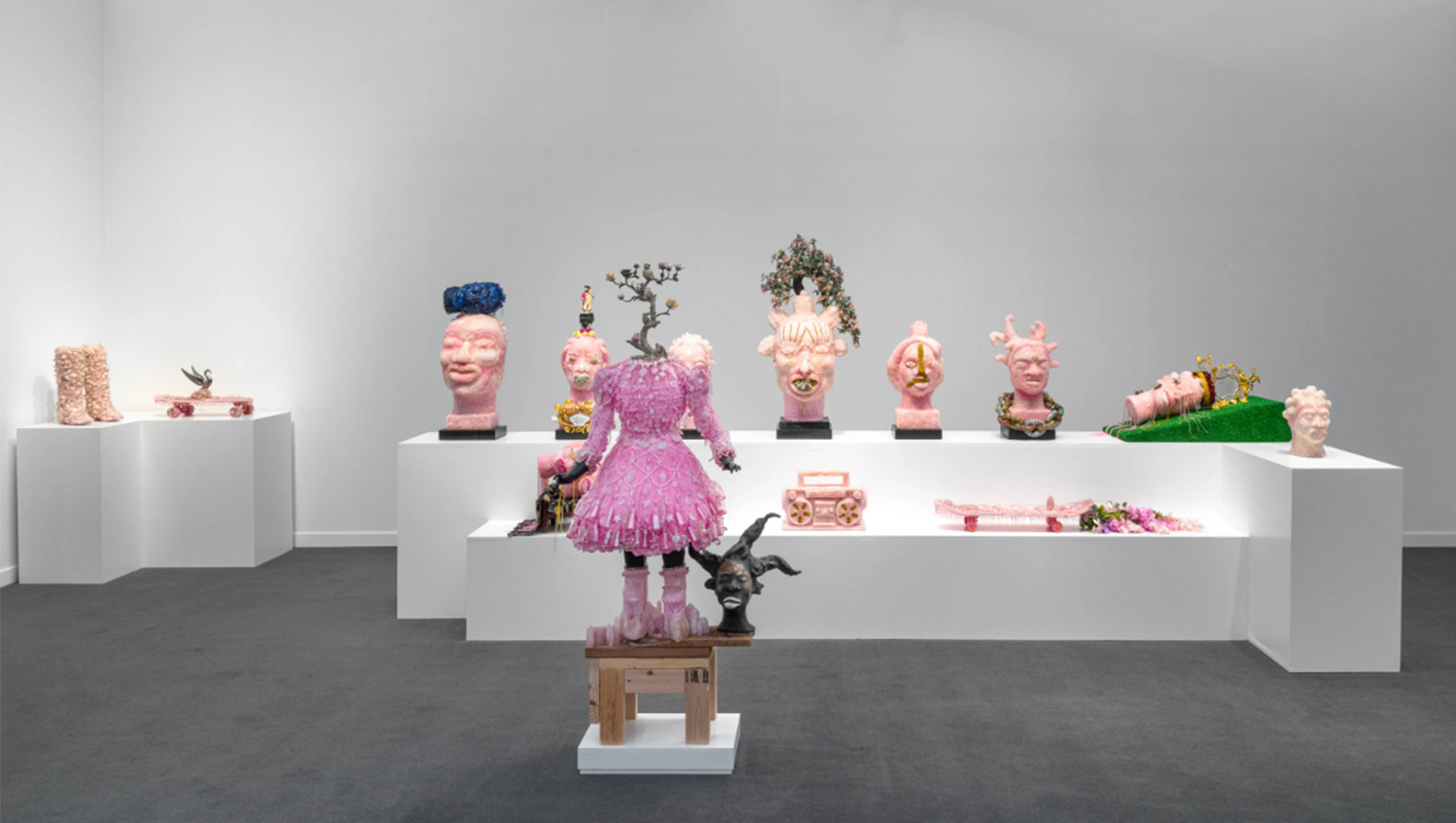
Art Fair Season: What to Watch at Frieze Los Angeles 2025
Abigail MacFadden • February 18, 2025 •
6min read
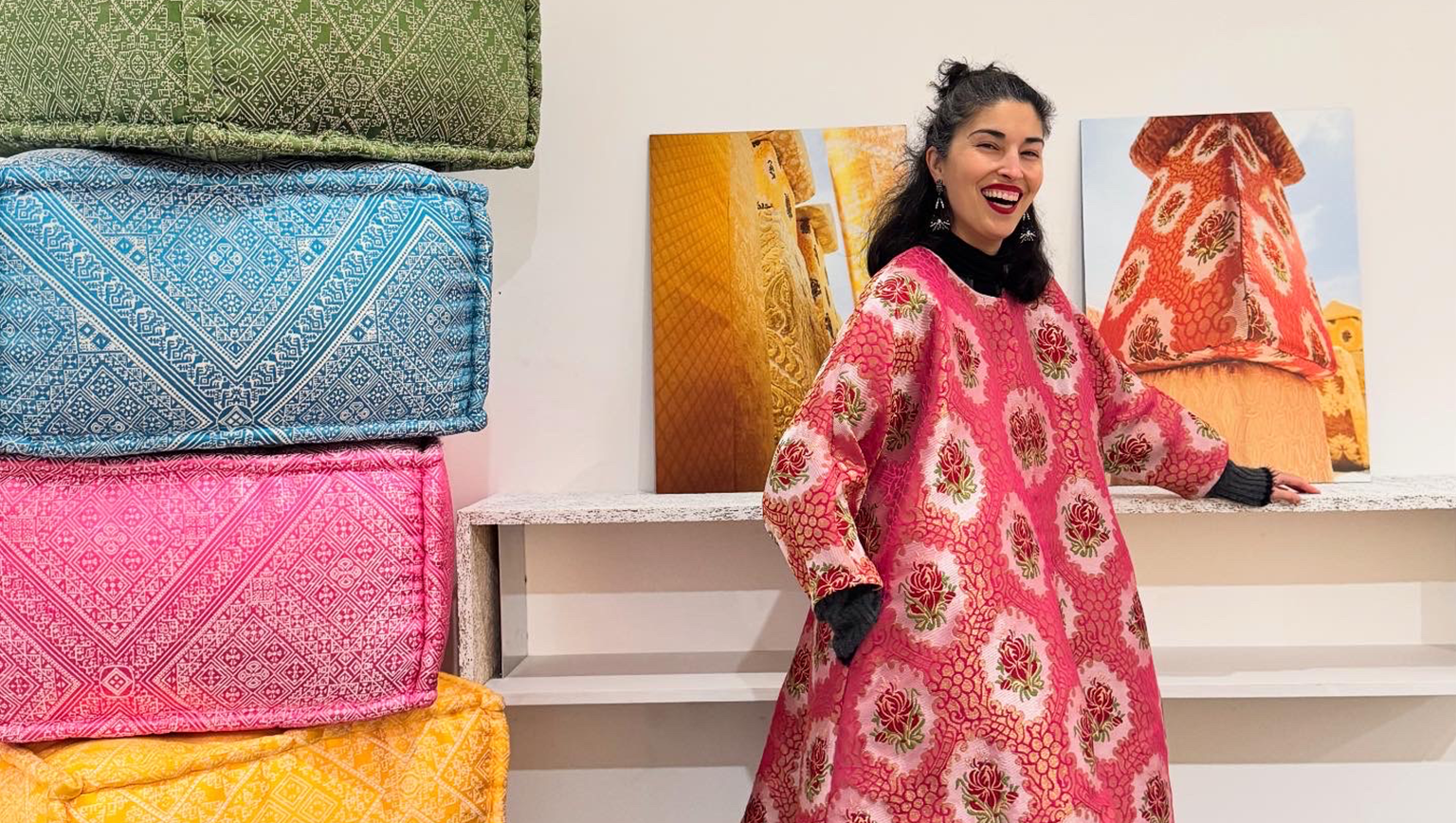
Sophia Kacimi, French-Moroccan Designer Transforms Luxury Fashion into Chess Art
Abigail MacFadden • February 17, 2025 •
5min read

Dog Day Afternoon
Chiara Padejka • February 14, 2025 •
4min read
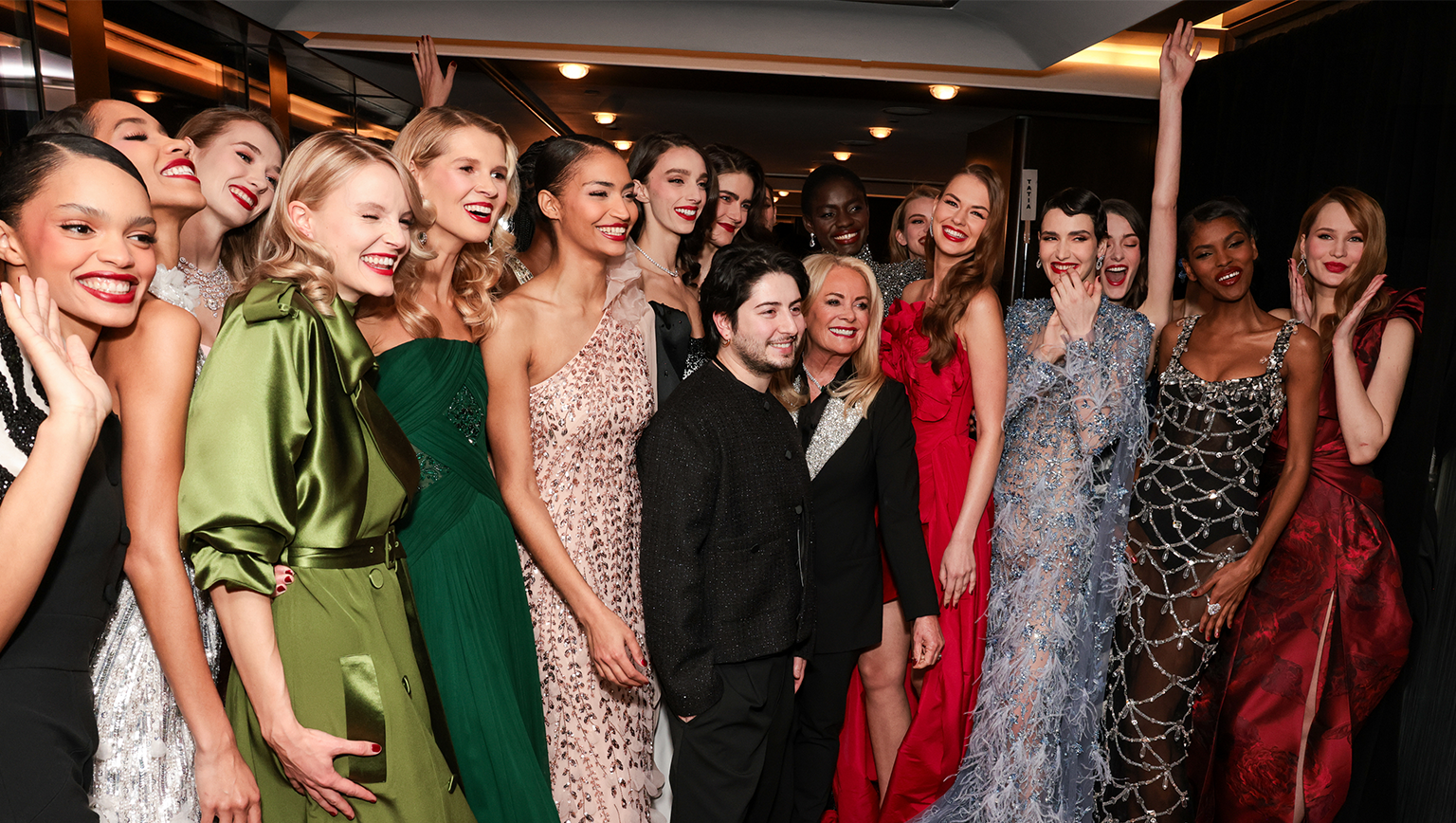
Fall/Winter Femme Fatale from Pamella Roland FW25 Collection
M. Marki • February 13, 2025 •
5min read

Frederick Anderson's Fall 2025 Collection: Where '90s Hip-Hop Meets High Fashion
Sasha Bernier • February 12, 2025 •
5min read

From Poetry to Hip-Hop: The Evolution of Fame
Abigail MacFadden • February 11, 2025 •
5min read
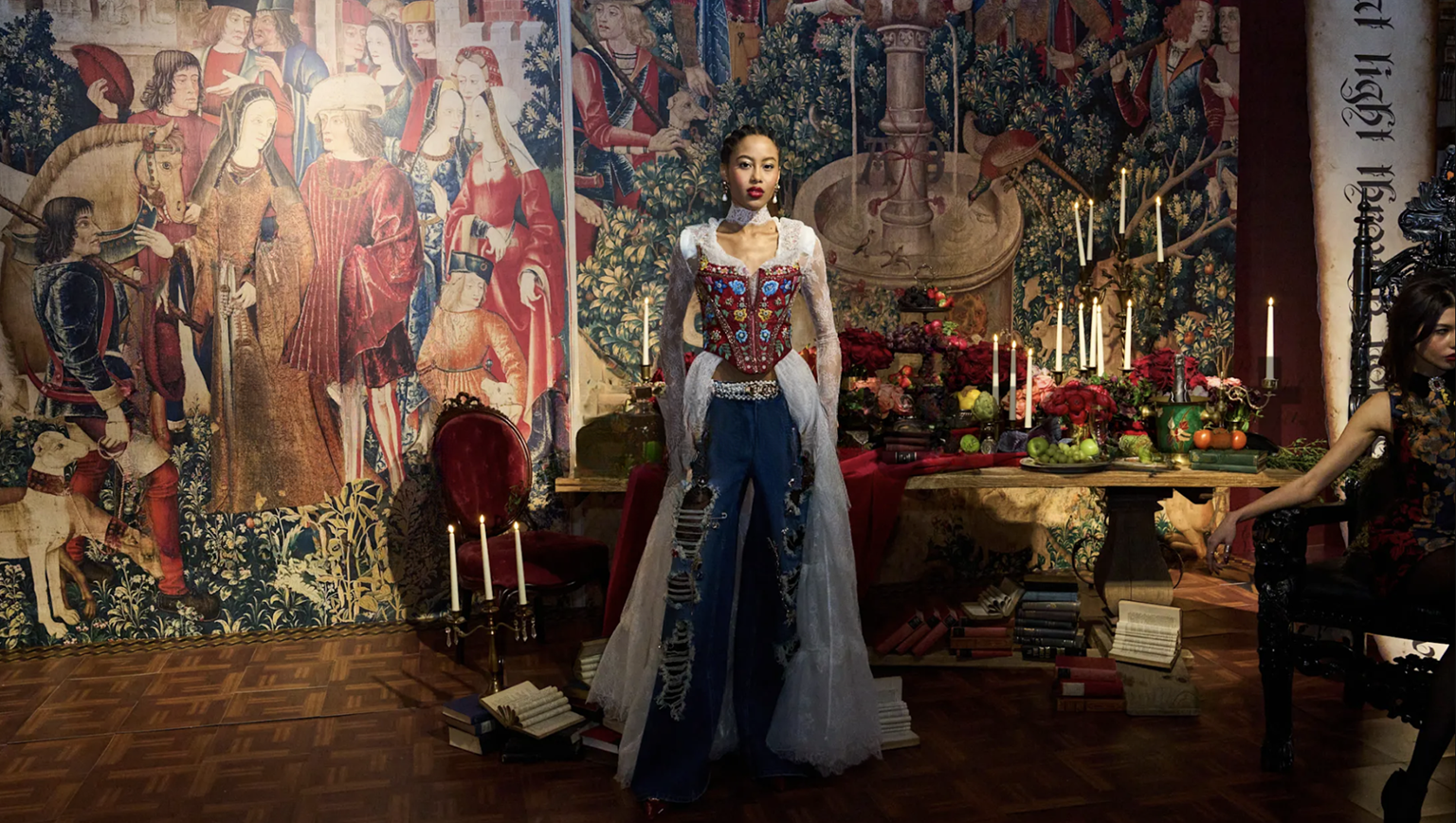
Shakespeare Takes Center Stage: Alice + Olivia’s Literary Inspired Fall 2025 Collection
Dominique Aronson • February 10, 2025 •
5min read

Bridging High Art and Popular Culture with “Match with Art’s” Salome
Abigail MacFadden • February 10, 2025 •
6min read

From Ballet to the Bronx: The Inspiring Journey of Chef Sam Lopez
Abigail MacFadden • February 7, 2025 •
5min read

Francesco Arena’s God sculpture Debuts in Thailand’s Art Forest
Abigail MacFadden • February 6, 2025 •
5min read

Fired Up: Why Hot Glass is the Coolest Exhibit in Delray
Chiara Padejka • February 5, 2025 •
5min read

From Portugal to the Big Apple: Lotty Carrington’s Journey to Find her Voice
Sasha Bernier • February 5, 2025 •
5min read
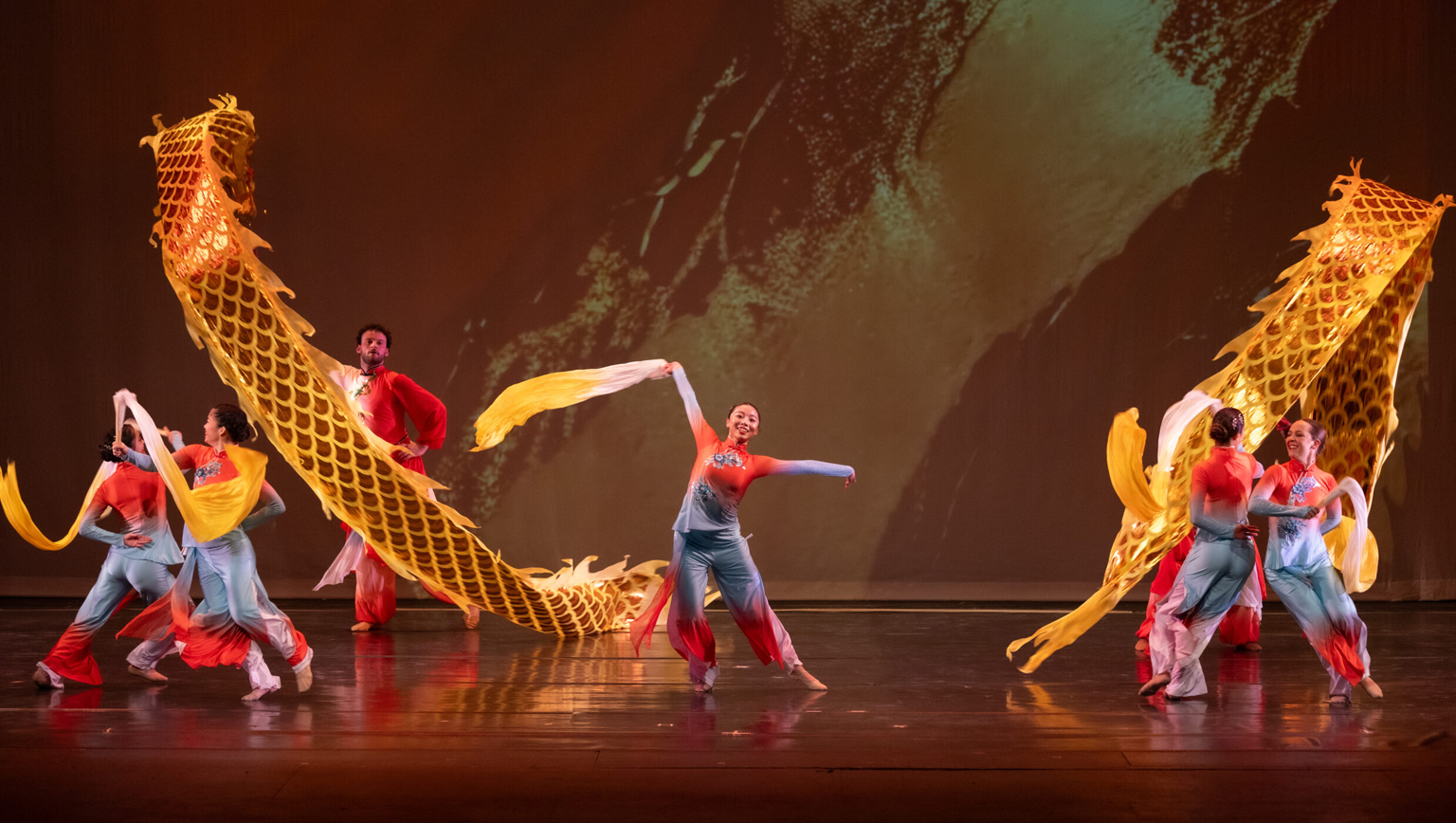
Nai-Ni Chen Dance Company’s Lunar New Year of the Snake
Dominique Aronson • February 3, 2025 •
4min read

Singing in the Rain : 070 Shake Petrichor Tour
Chiara Padejka • February 3, 2025 •
5min read
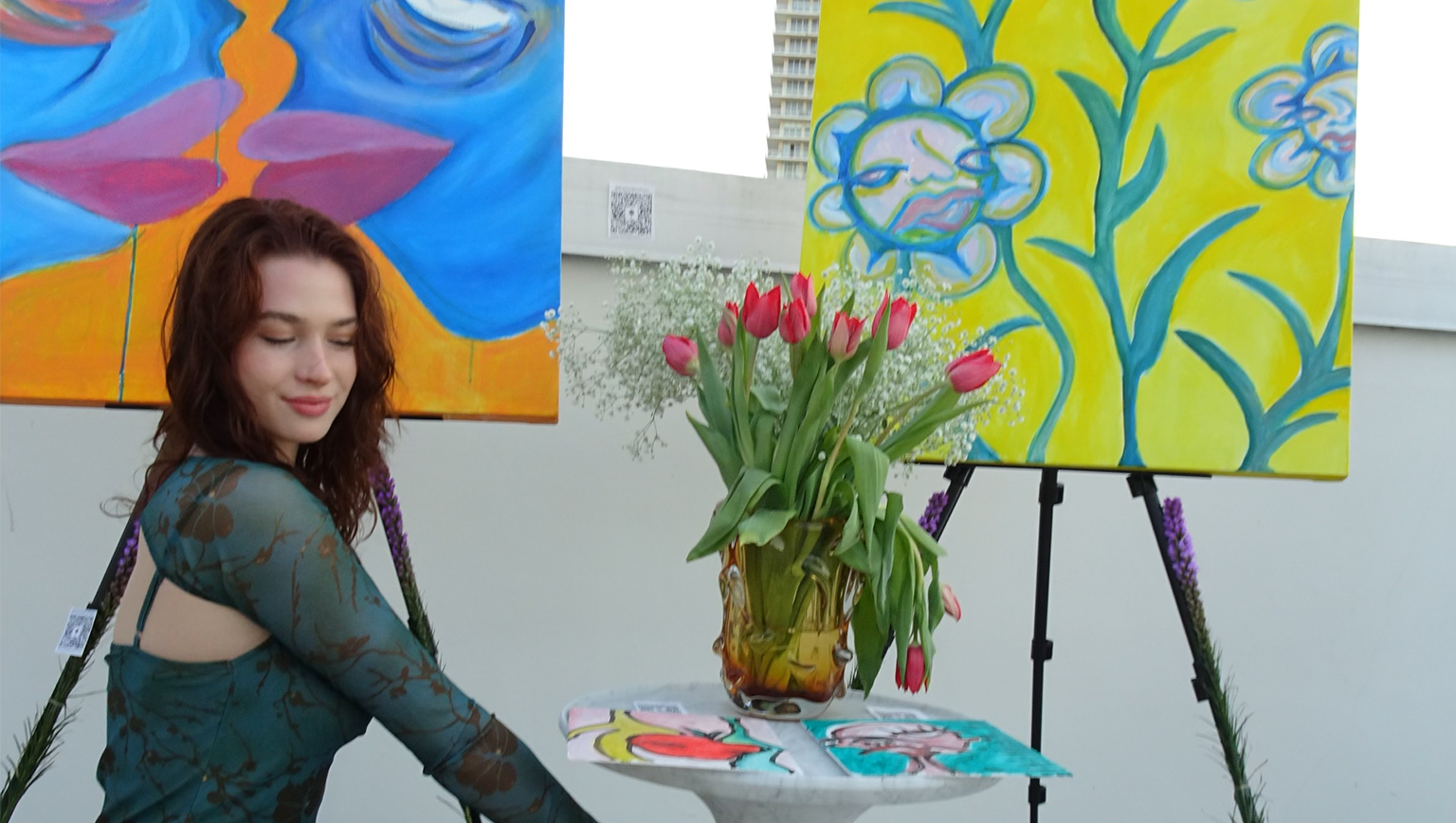
Francie Cohen: From OCD to Art Basel – How This New School Artist’s Journey Inspired Divinity Magazine for Women and Non-Binary Voices
Tessa Almond • January 31, 2025 •
5min read

Made in L.A.: Rising from the Ashes the Hammer Museum’s Biennial Moves Forward
Abigail MacFadden • January 29, 2025 •
5min read

Movie Review: A Complete Unknown
Abigail MacFadden • January 21, 2025 •
4min read

“Serendipitous: A New Group Making Noise in Bushwick”
Abigail MacFadden • January 17, 2025 •
4min read
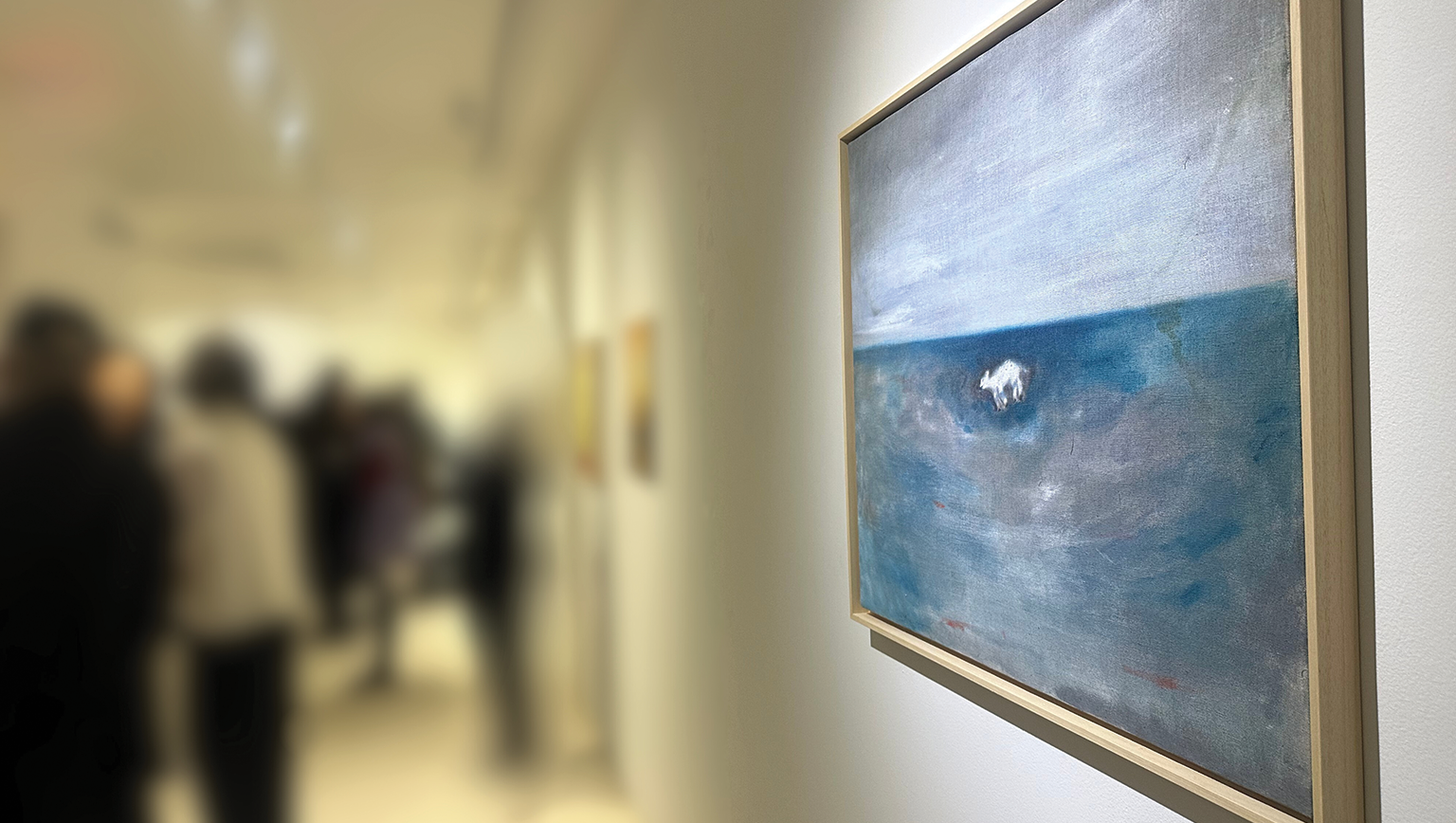
Sins and Sacrifice: Emma Katherine Hepburn Ferrer's Journey Through Sacrifice and Redemption
Abigail MacFadden • January 16, 2025 •
5min read

Uncle Waffles: Amapiano's Global Ambassador Lights Up Cape Town
Sasha Bernier • January 15, 2025 •
3min read

Enzo Ishall: How Zimbabwe's Dancehall King Transformed Jamaican Music into Zimhall | Live Show Review
Sasha Bernier • January 6, 2025 •
3min read

Lauren Whitfield: Texas Poet Combines Yoga, Writing, and Healing Through Innovative Poetry Workshops
Abigail MacFadden • January 2, 2025 •
4min read

Don't Be Mad: Miller's Art Basel Journey from Houston to Miami Beach
Abigail MacFadden • December 30, 2024 •
4min read

From St. Barth to Art Basel: Inside Karolina Karlsson's Muted Gemini Series and Work Wives
Abigail MacFadden • December 27, 2024 •
4min read

When Eden Gets an AR Upgrade: Oriana Pirela for Creativo
Chiara Padejka • December 24, 2024 •
6min read

Creativo's Garden of Eden: Anastasia Butacova in Full Bloom
Chiara Padejka • December 20, 2024 •
5min read

Adam and Eve: The Origin Story of Creativo
Sasha Bernier • December 4, 2024 •
5min read

Fruit Ninja IRL: Luis Gonzalez Carves Out a Fruitful Endeavor
Chiara Padejka • November 26, 2024 •
5min read

Forbidden Fruit Couture: Dressing the Garden of Eden at Art Basel
Abigail MacFadden • November 21, 2024 •
3min read

Bloom: An Expression of Womanly Resilience
Tessa Almond • November 13, 2024 •
5min read

The Art of Giving Shines at Gabrielle’s Angel Foundation’s 26th Angel Ball
Mariele Marki • November 1, 2024 •
4min read
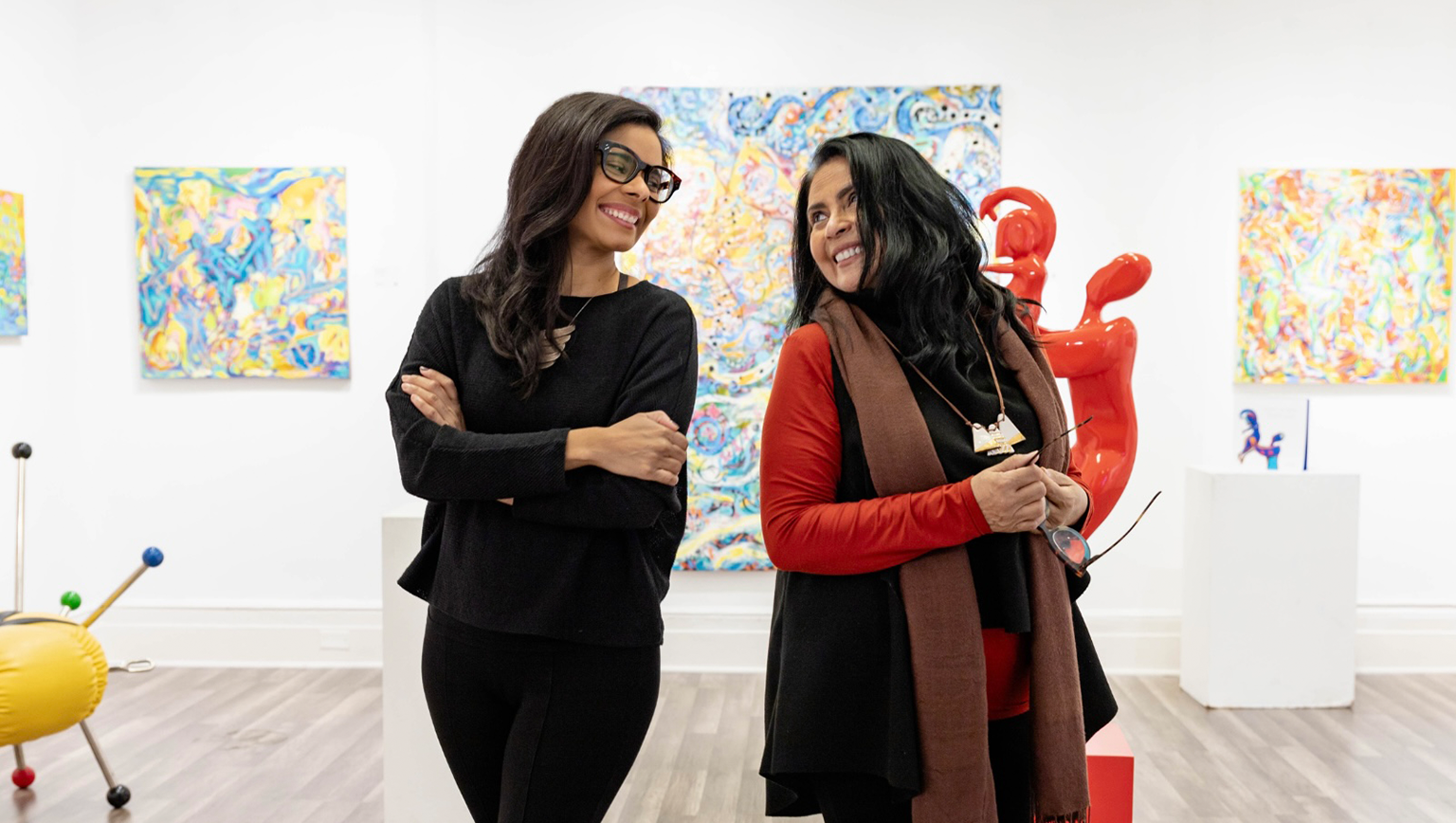
Innovation Through Collaboration: The Saphira Ventura Gallery Story
Abigail MacFadden • October 31, 2024 •
4min read
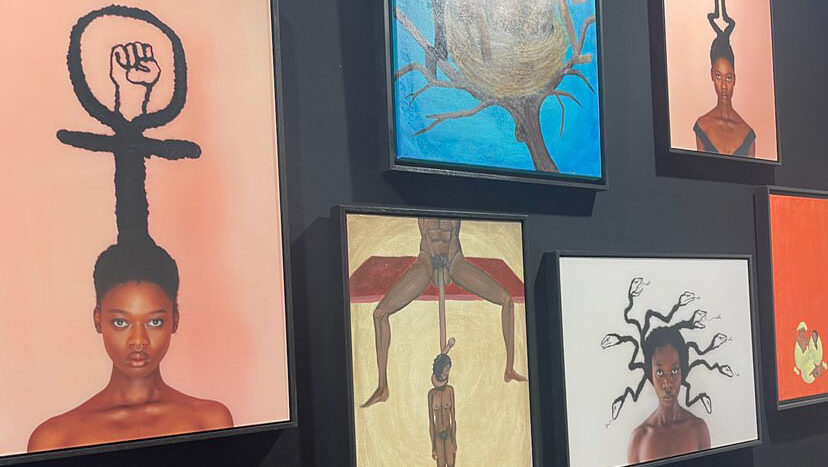
Africa's Art Market: Emancipation, Innovation, and Global Impact
Lara Sleiman • October 26, 2024 •
4min read

Woven Paintings and Human Migration: Clement Denis Exhibition at Chelsea's Nicolas Auvray Gallery
Abigail MacFadden • October 24, 2024 •
4min read
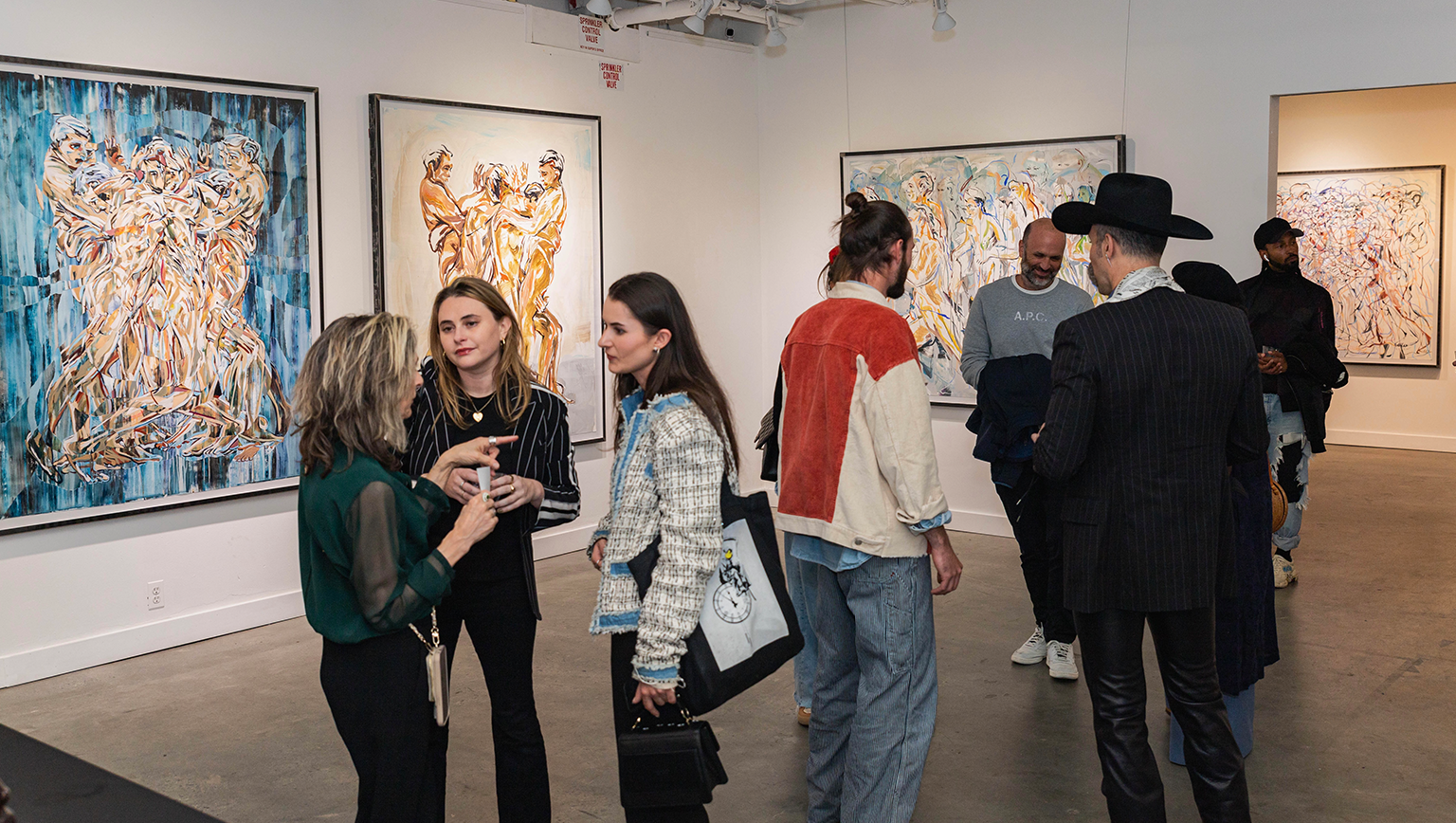
Textile, Texture, and Transformation: Innovative Voices in Contemporary Art
Abigail MacFadden • October 22, 2024 •
5min read

Art Basel Paris Guide: Can’t Miss Booths and a new James Turrell!
Abigail MacFadden • October 17, 2024 •
5min read


